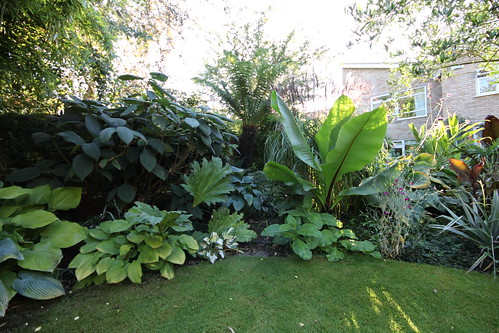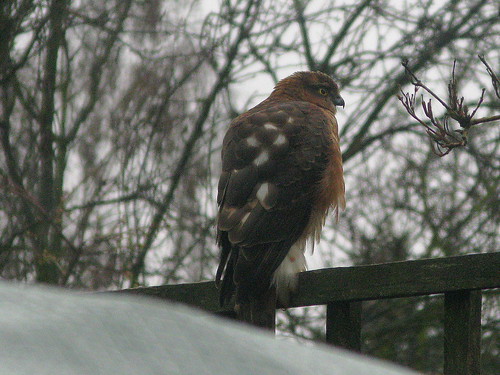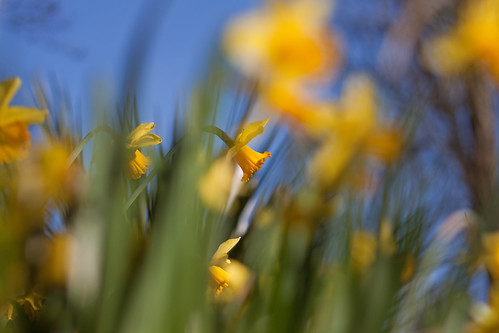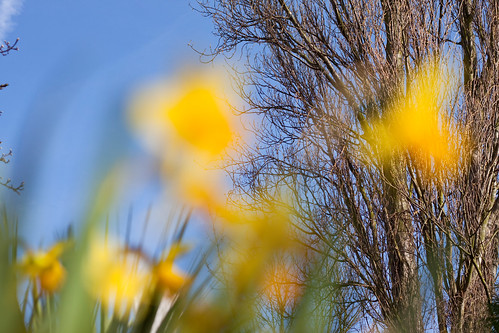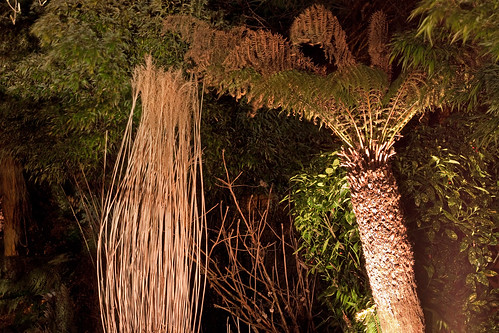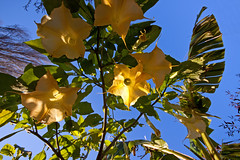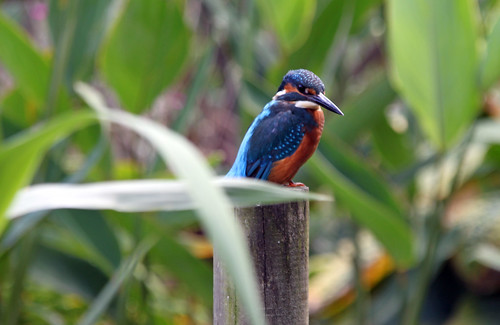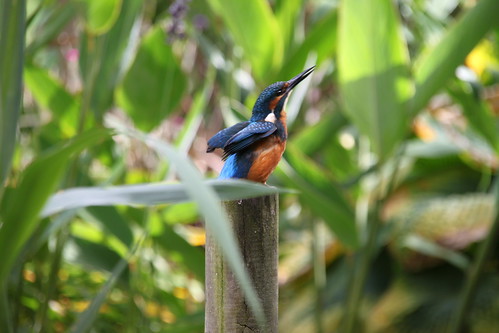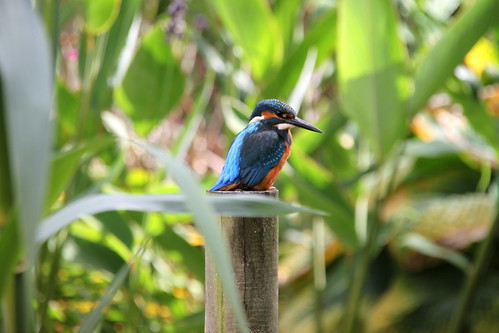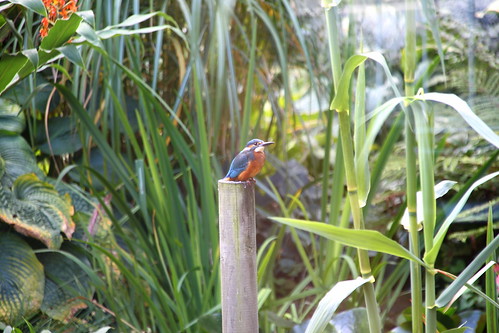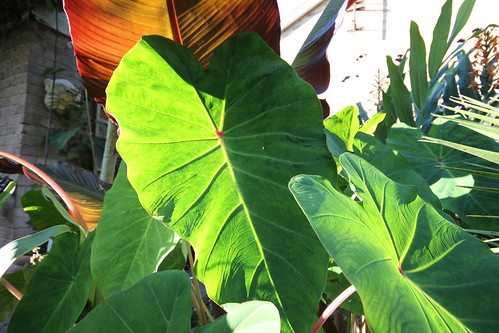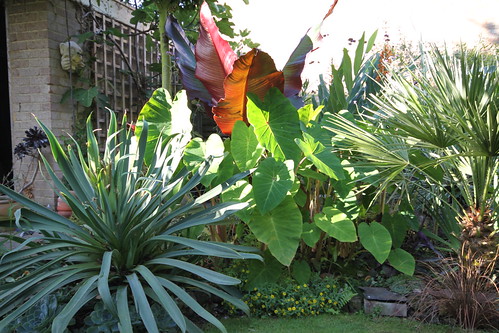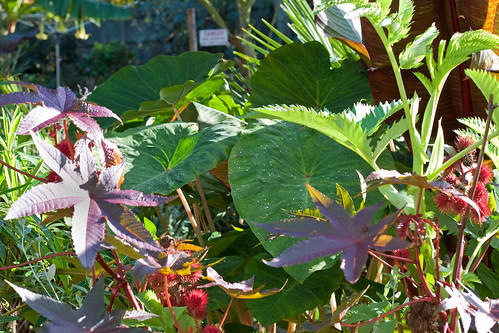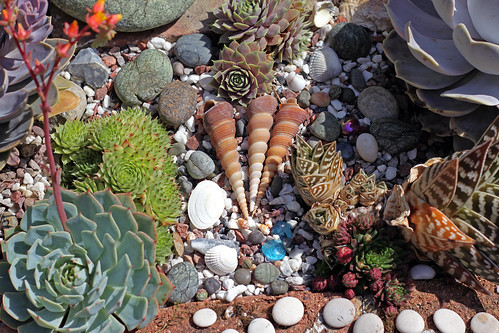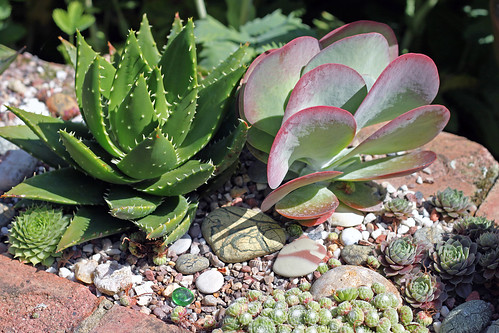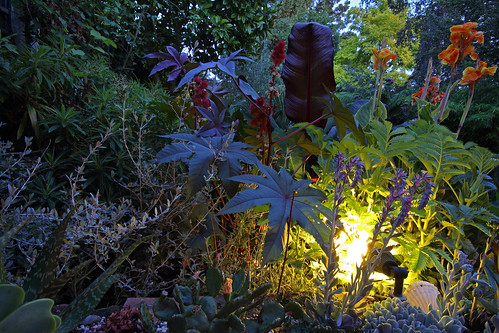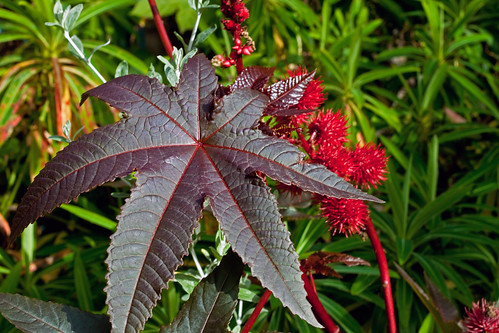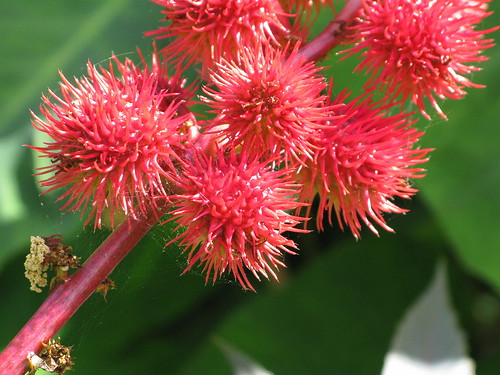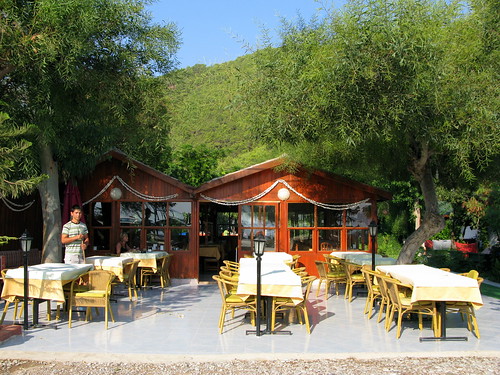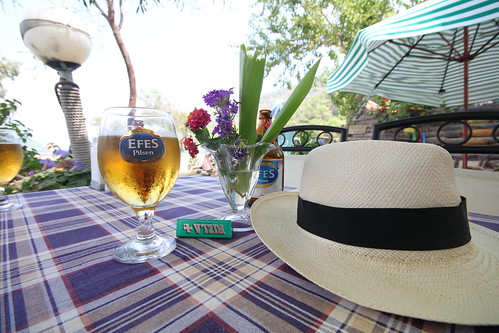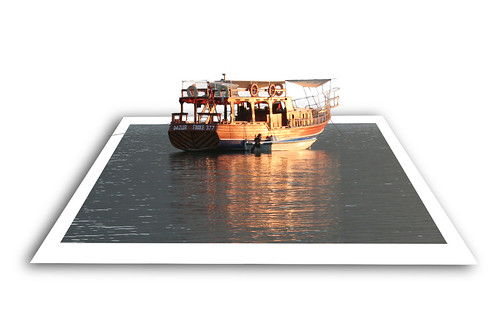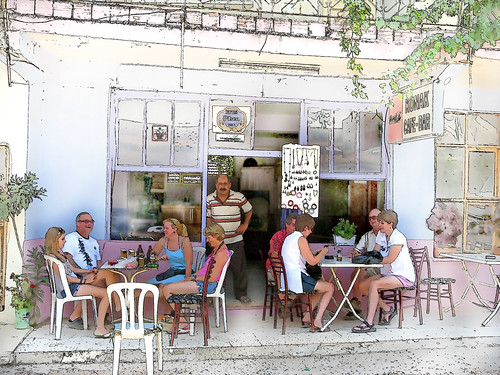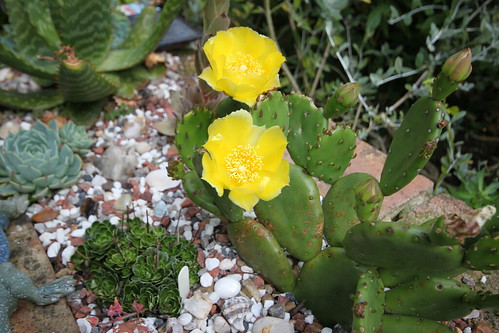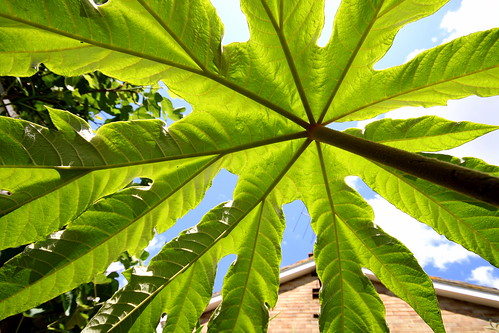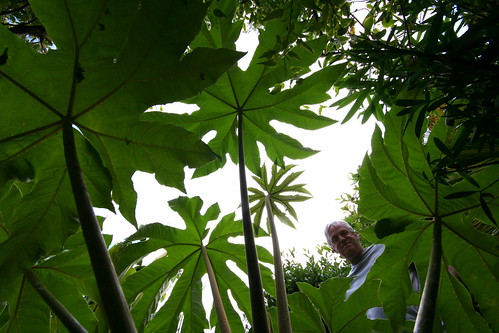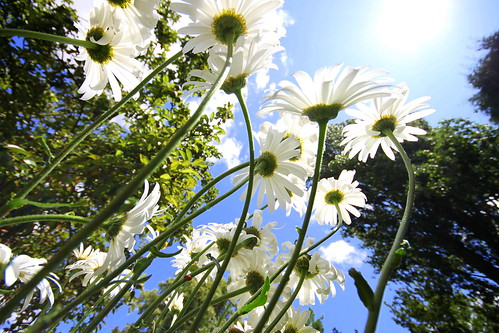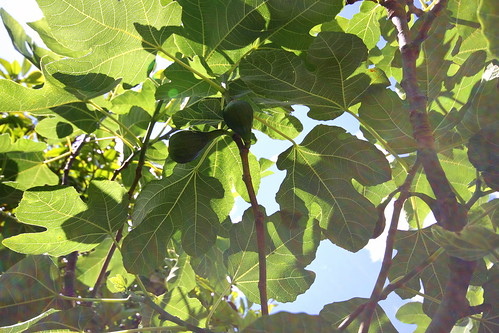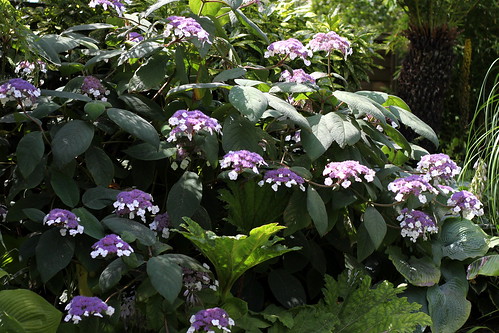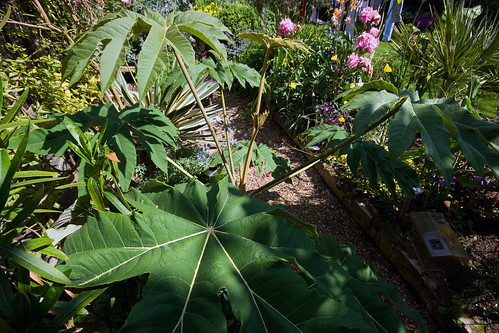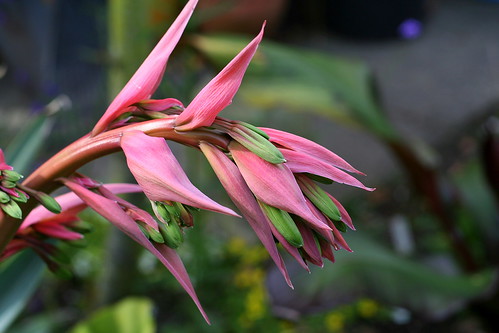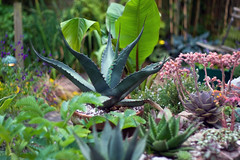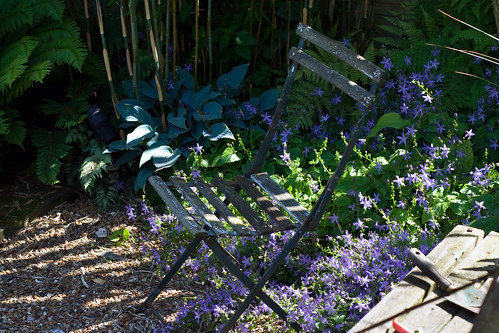Bit of an update on the bananas . . . .
Musa Sikkimensis After the cold winter of 08/09
Musa sikkemensis was cut to the ground. It was not helped by my failure to give the stems some protection by wrapping them in fleece. Anyway, new shoots emerged from the ground and grew strongly through the summer reaching a height of about 2 metres. Had the previous year’s stems survived they would have reached probably 3 times that height which might not have been a good thing. I noticed in the summer of 08 when the stems stood very tall that the upper leaves were quite shredded by the wind. 08 might have been a very windy summer but I also think that the taller these plants grow the more susceptible they are from wind damage. The photograph below is taken looking up the stems at the underside of the leaves (part of my great ‘underplants’ series!).
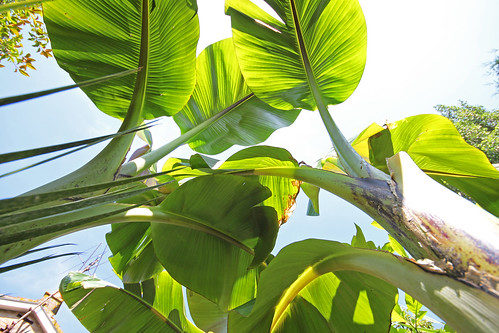
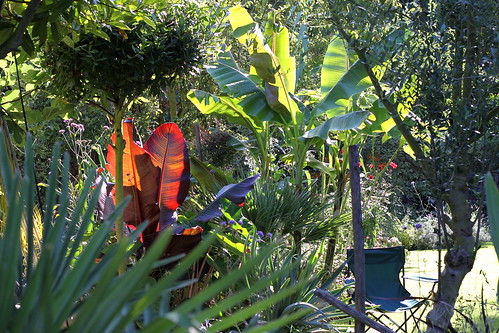
Photograph above shows
Musa Sikkimensis growing beyond the red leaves of
Ensete ventricosum 'Maurelii'.
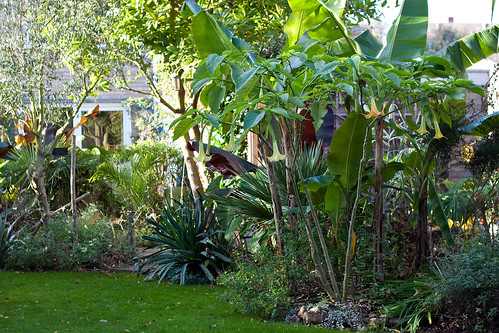
Photograph above shows
Musa sikkimensis taken in the autumn. In font is a large flowering
Brugmansia.
March 2010 – As I write this the bananas have suffered another very cold winter. The weather was good right through to quite late in December and I had not wrapped the stems. I went off to southwest France for Christmas and New Year leaving them unprotected in some very cold and snowy weather. I did wrap the stems on my return but words like ‘stable door’ and ‘bolted’ come to mind! From early January the weather has been very cold and I doubt if any above ground growth will survive. I am hopeful that it will generate new shoots from the roots. Actually – it is still very, very cold as I write this.
Ensete ventricosum 'Maurelii' I bought 2 plants from B&Q in the spring and they grew well through the summer. I should have dug them up in the autumn and put them in the temporary plastic greenhouse . . . . . But I went off to France and by the time I returned it was too late (I am a lazy gardener). I will have to buy more plants from B&Q this spring.
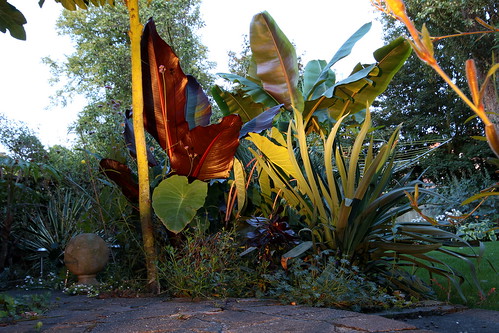
Photo above shows the red leaves of
Ensete ventricosum 'Maurelii' with
Colocasia esculenta, Beschorneria yuccoides and
Musa Sikkimensis beyond
. 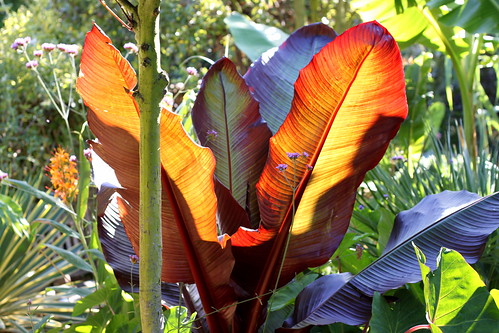
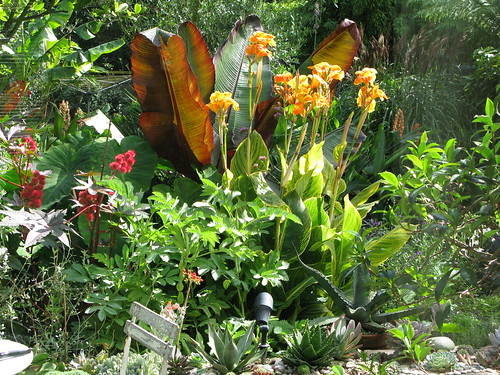
Photo above is taken from my dining room window and shows the red leaves of
Ensete ventricosum 'Maurelii' in the company of a flowering Canna,
Colocasia esculenta and
Melianthus major.
Ensete ventricosum - green form I bought 2
Ensete ventricosum seedlings from the interweb in the spring of 2009. I usually manage to overwinter these plants but had failed the year previously. Anyway both plants grew well through the summer and I now have one in my plastic greenhouse that I dug up in January and another wrapped in fleece outside, Here’s hoping!
The photo below shows
Ensete ventricosum which is, of course, the basic green form, amongst other plants in late August 09.
